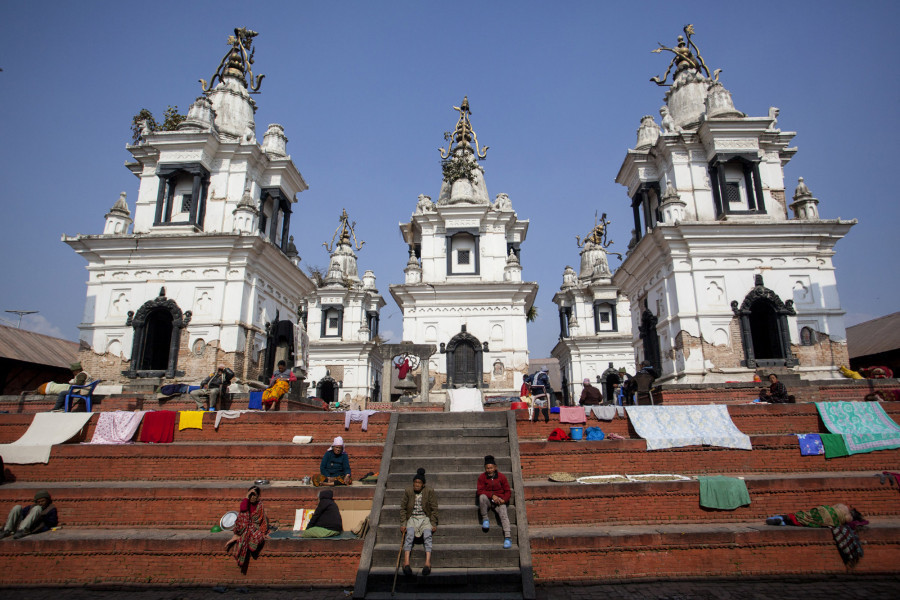Editorial
Money isn't enough
We need to hold a wider discussion on how we plan to manage the ageing population.
The will to chase success in a fiercely competitive capitalist world system means that young people have been migrating to different parts of the world in unprecedented numbers. And as the children grow their wings and fly to new destinations, the elderly parents are often left behind to fend for themselves in the home village, city or country. In places like Nepal that ensure opportunities for career growth, material comfort and upward mobility only in metropolitan cities or foreign labour markets, the gap between city-dwelling and emigrant children is increasingly growing wider.
The Covid-19 pandemic laid bare that gap in more ways than one. First, it showed how vulnerable senior citizens are to illnesses, with a majority of the victims of the coronavirus being over the age of 60. The senior citizens also had a hard time coping with the economic loss brought about by the pandemic-induced lockdowns and restrictions. In a country like Nepal that does not have a well-established social security system, old-timers, in many cases, had to depend on the charity of others for their livelihood.
The fact that leaving parents in old-age homes is considered a taboo in Nepal means that the aged are often found living by themselves in their old homes without much support. In any case, old-age care homes are too few and often unorganised. This has resulted in care homes being associated with poverty and disarray, although they have a significant function to substitute for the care of family members, relatives, society and the state.
Advancements in medical science have made it possible for the rise of life expectancy of the global population from 46 to 68 years between 1950 and 2010. All regions of the world are expected to see an increase in the size of the elderly population. The largest increase is projected to occur in East and Southeast Asia, the population reaching 573 million in 2050 from 261 million in 2019. The fastest increase is expected to happen in the least developed countries, with the number of persons aged 65 or over projected to rise from 37 million in 2019 to 120 million in 2050.
Despite the ever-increasing burden of care, however, Nepal’s medicare system is not robust enough to create a condition where a patient can come on their own and be taken care of by the hospital staff completely. In the case of elderly patients who have a range of problems, ranging from incontinence to dementia, medical care remains a challenge. Added to this is the lack of a medical insurance system, which leaves a large section of the elderly population failing to receive optimum medical care. In that sense, the ever-growing ageing population, with its diminishing predictability, is certain to become a liability to state resources and society if effective management plans are not put in place in time.
The United Nations has long acknowledged the problems brought by this gap, and so has been marking October 1 as International Day of Older Persons. This year, the theme is "Digital Equity for All Ages”. The topic is significant, in that it acknowledges the huge information gap that characterises the relationship between the old and new generations. Although a significant group in society, the elderly population has often been left out of conversations in the political and social spheres. This, therefore, calls for a wider discussion on how we plan to manage the ageing population in the days to come. International Day of Older Persons should be an occasion to steer our debates away from the meagre sustenance allowance the government provides to the elderly population, and debate on how we can foster a culture of dignified ageing and care.




 5.4°C Kathmandu
5.4°C Kathmandu












%20(1).jpg&w=300&height=200)

